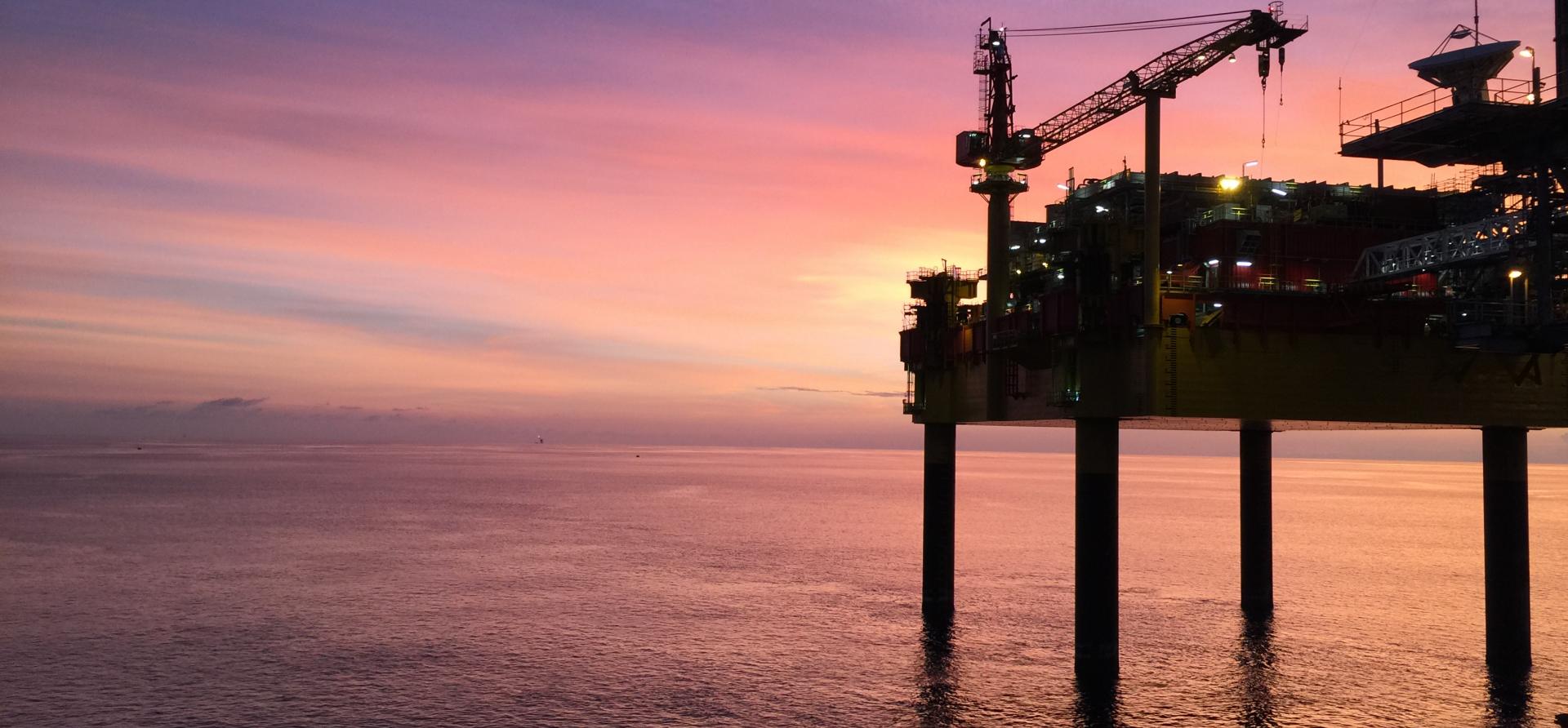Global energy crisis may hinder LNG plans in the Philippines

Key Findings
The Philippines aims to import its first shipment of liquefied natural gas (LNG) this year, but the global LNG market is at a time of extreme uncertainty.
Risks surrounding limited global LNG supply and exorbitant costs are expected to persist over the next decade. If passed on to consumers, high imported fuel prices could potentially stunt economic development.
Domestic renewables can deliver low-cost power at scale, as demonstrated by the recent success of the Green Energy Auction Program.
High imported fuel prices and limited global supplies make LNG projects increasingly uncompetitive
The Philippines aims to import its first ever shipment of liquefied natural gas (LNG) this year, as proposals to expand the country’s LNG infrastructure grow at an unprecedented rate.
However, the country is entering the global LNG market at a time of extreme uncertainty. Global LNG supply is constrained due partly to the Russian invasion of Ukraine, and LNG prices continue to hit record highs.
Inability to buy LNG at competitive rates could leave new terminals and LNG-fired power plants unused and stranded. Meanwhile, the rapid deployment of low-cost domestic renewables means that the window of opportunity for LNG investments is closing quickly.
A history of setbacks
According to a recent report from the Center for Energy, Ecology, and Development, the Philippines has 36.5 million tons per annum (mtpa) of LNG import terminal capacity under development, along with 29.9 gigawatts (GW) of gas-fired power projects. San Miguel Corporation alone accounts for 14.1GW of that proposed capacity.
Although the pipeline of projects has grown dramatically since 2016, LNG projects have been repeatedly cancelled in the Philippines since 2003. More recently, LNG companies have been very active due to the depletion of the Malampaya gas field, the country’s only source of domestic gas production. Two terminals were anticipated online this year, one proposed by First Gen and another by Singapore-based Atlantic Gulf & Pacific (AG&P).
Both companies have raced to bring the country’s first terminal online. First Gen even held a groundbreaking ceremony for its project in 2019, but in June 2022 the company announced yet another delay.
LNG procurement challenges abound
AG&P, meanwhile, recently reiterated its commitment to bringing an LNG import terminal online this year. However, it remains unclear how the company intends to procure LNG given limited LNG supplies globally.
Following the Russian invasion of Ukraine, Europe announced plans to reduce dependence on Russian gas by buying more LNG. With almost no spare LNG supply capacity worldwide, European buyers have been forced to outbid other countries for existing supplies.
Cargoes have flowed to buyers willing to pay the highest prices. In March 2022, the Asian spot price for LNG reached US$84.76 per million British thermal unit (MMBtu)—more than 15 times the price in March 2021. Prices are widely expected to remain high until at least 2026, when significant new supply capacity comes online.
Some LNG importing countries have been protected by existing long-term purchase contracts, which require sellers to deliver LNG on a predetermined schedule and price formula. But according to the International Energy Agency’s recent gas market update, the Philippines does not have any long-term contracts.
This means that the country will be forced to outbid wealthy buyers in Europe and Northeast Asia for limited LNG supplies, exposing the country to high prices and extreme volatility. Without access to affordable fuel, LNG-to-power proposals in the Philippines could be delayed, cancelled, or stranded.
LNG-to-power cost issues
High imported fuel costs translate directly into higher power generation costs. Current LNG prices of roughly US$35/MMBtu would result in a power price in the Philippines of nearly PHP12.33-15.70 per kilowatt-hour (US¢22-28/kWh) for the fuel alone. This is already much higher than the country’s average price for power, even before adding any capital costs to build the power plant.
In February 2021, however, San Miguel subsidiary Excellent Energy Resources Inc. (EERI) won a power supply contract with Meralco by promising to deliver electricity from its proposed LNG-fired power plant at a price of just PHP4.1462/kWh (US¢7.4). The company initially aimed to bring the plant online in March 2023.
In today’s LNG market, the price that EERI bid to win the contract is roughly one-third of the actual cost it would take to produce power based on the fuel cost alone. Unless the company has already secured access to low-cost LNG, it seems unlikely that EERI will be able to meet its 2021 bid price given the outlook for global LNG markets through 2026.
Any renegotiation of the contract of regulatory appeal by EERI could see higher fuel costs passed on to end-users. Currently San Miguel is seeking a temporary rate increase from the Energy Regulatory Commission for two of its other power plants in light of high imported fuel costs.
San Miguel promised a specific price for its LNG-fired power project knowing full well that LNG prices are extremely volatile. Going forward, if it cannot meet the price of its bid, the company—not Filipino citizens—should bear the cost of global fuel price increases.
The window of opportunity for LNG projects is shrinking fast
Risks surrounding limited global LNG supply and exorbitant costs are expected to persist over the next decade. If passed on to consumers, high imported fuel prices would result in higher power prices for Filipino household and businesses, potentially stunting economic development.
Domestic renewables, meanwhile, can deliver low-cost power at scale, as demonstrated by the recent success of the Green Energy Auction Program. If held annually, the auction could significantly reduce the country’s need for new LNG capacity over the next decade. As the Philippines accelerates its transition to clean energy, LNG assets are likely to become more uncompetitive and unnecessary.















